-
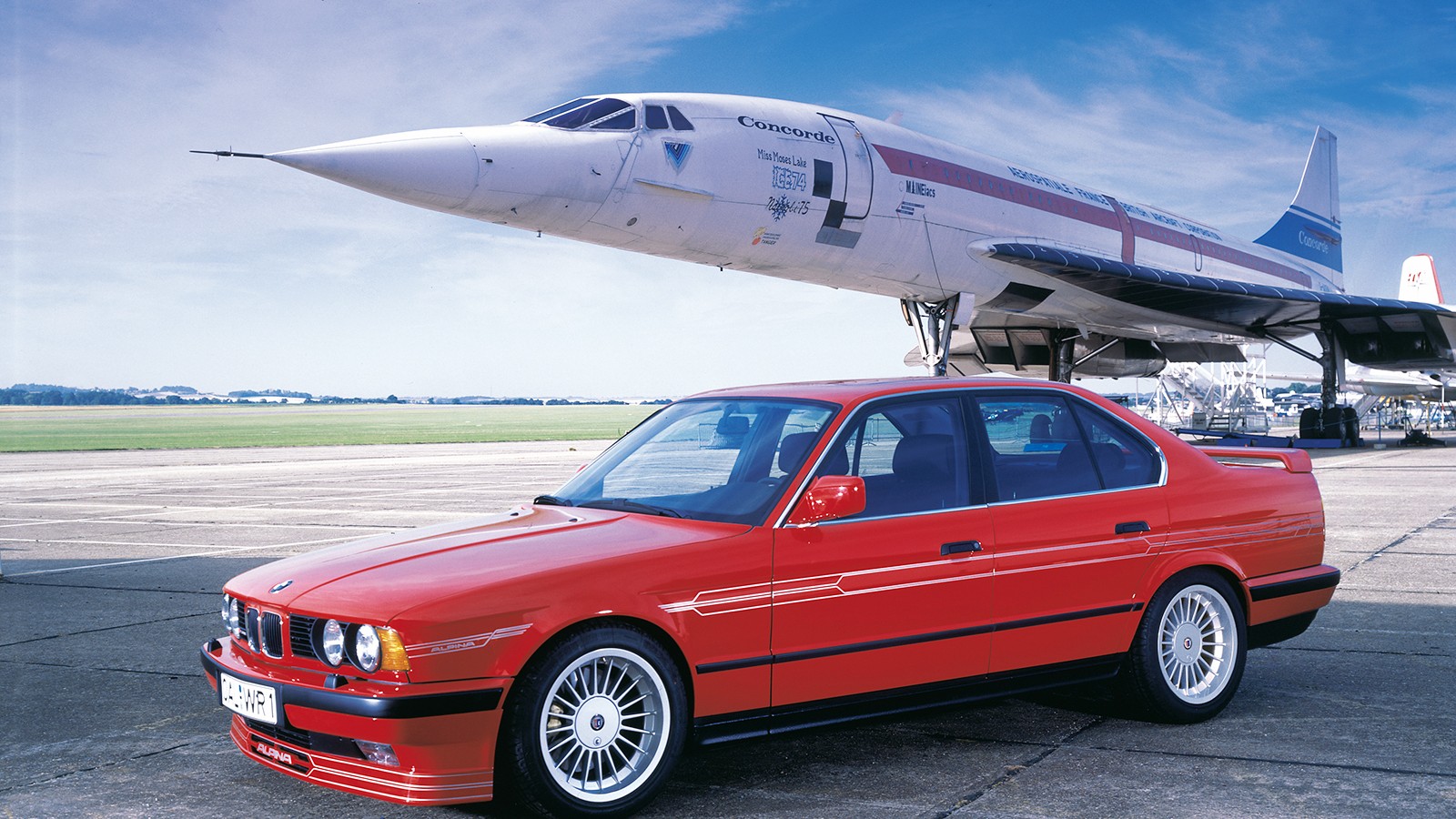 © Alpina
© Alpina -
 © RM Sotheby’s
© RM Sotheby’s -
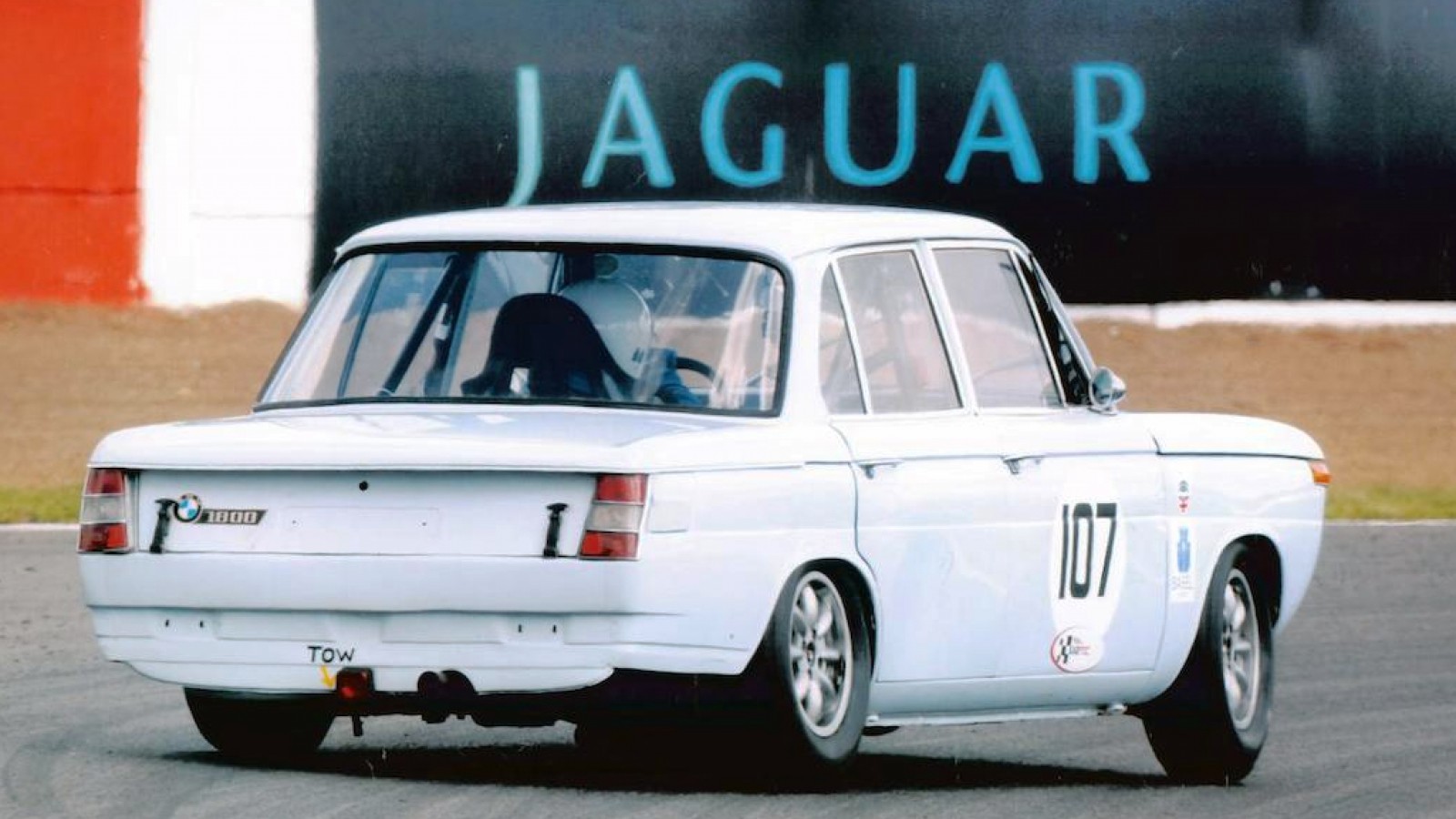 © Bonhams
© Bonhams -
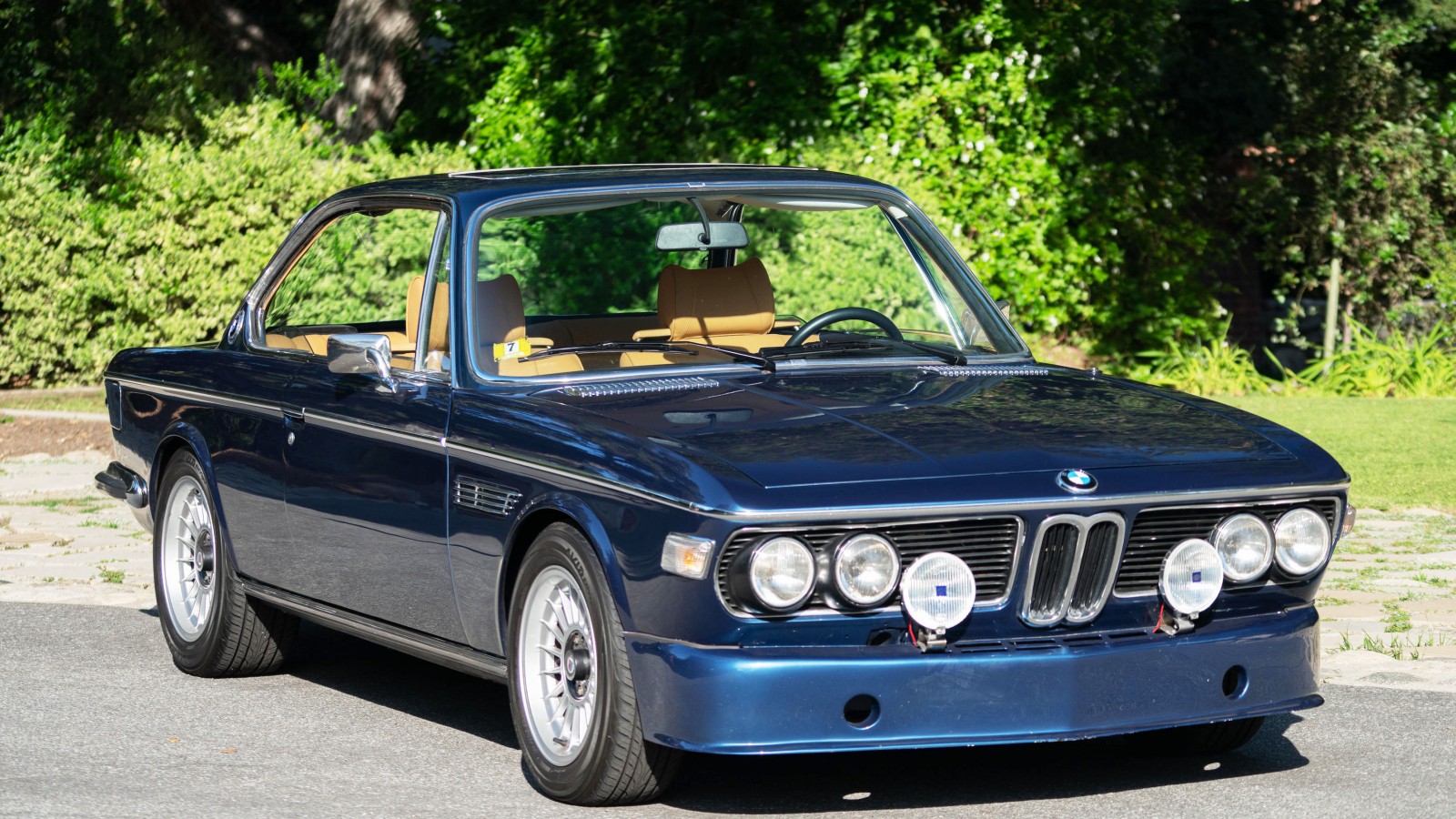 © Bonhams
© Bonhams -
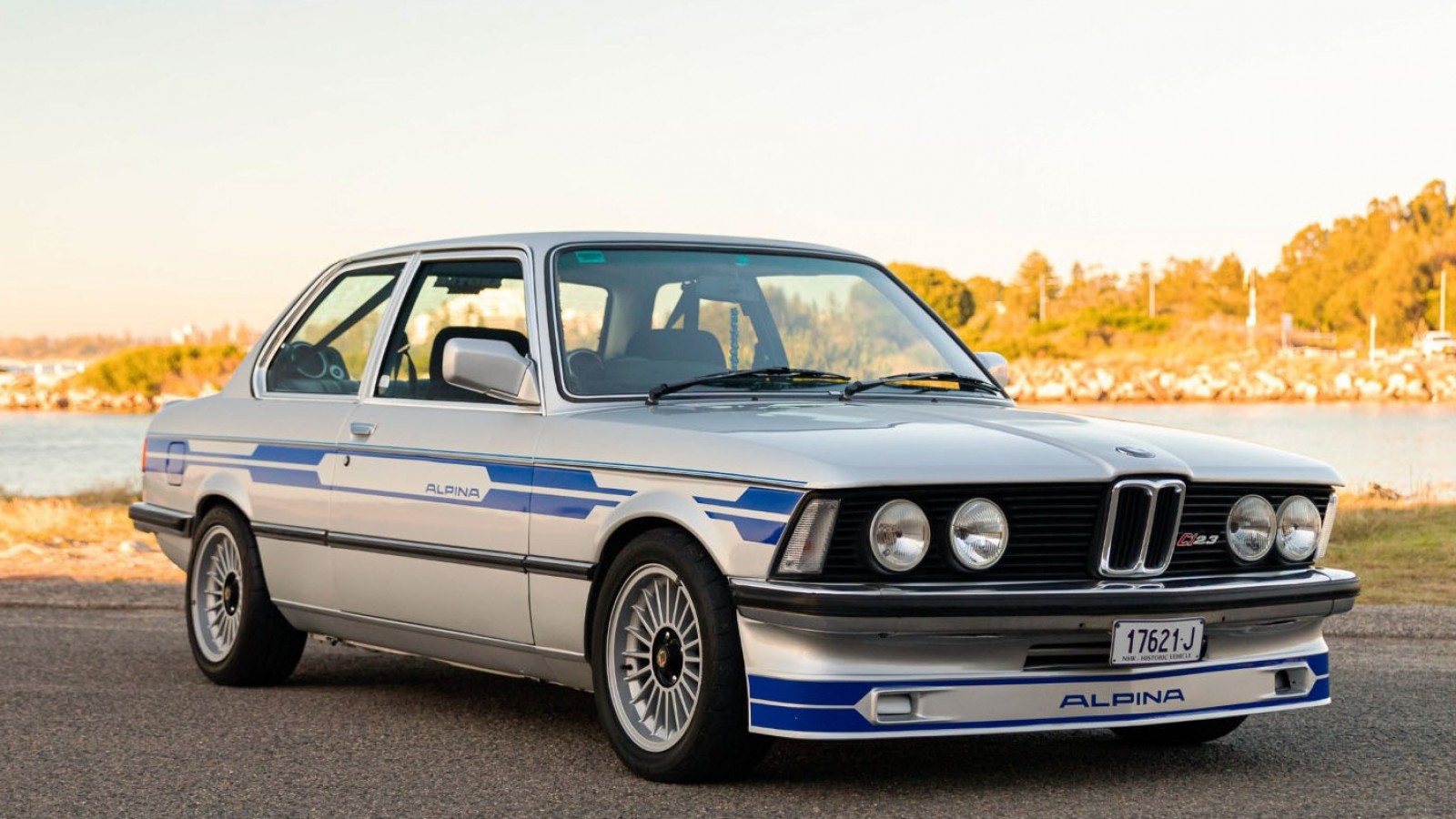 © Collecting Cars
© Collecting Cars -
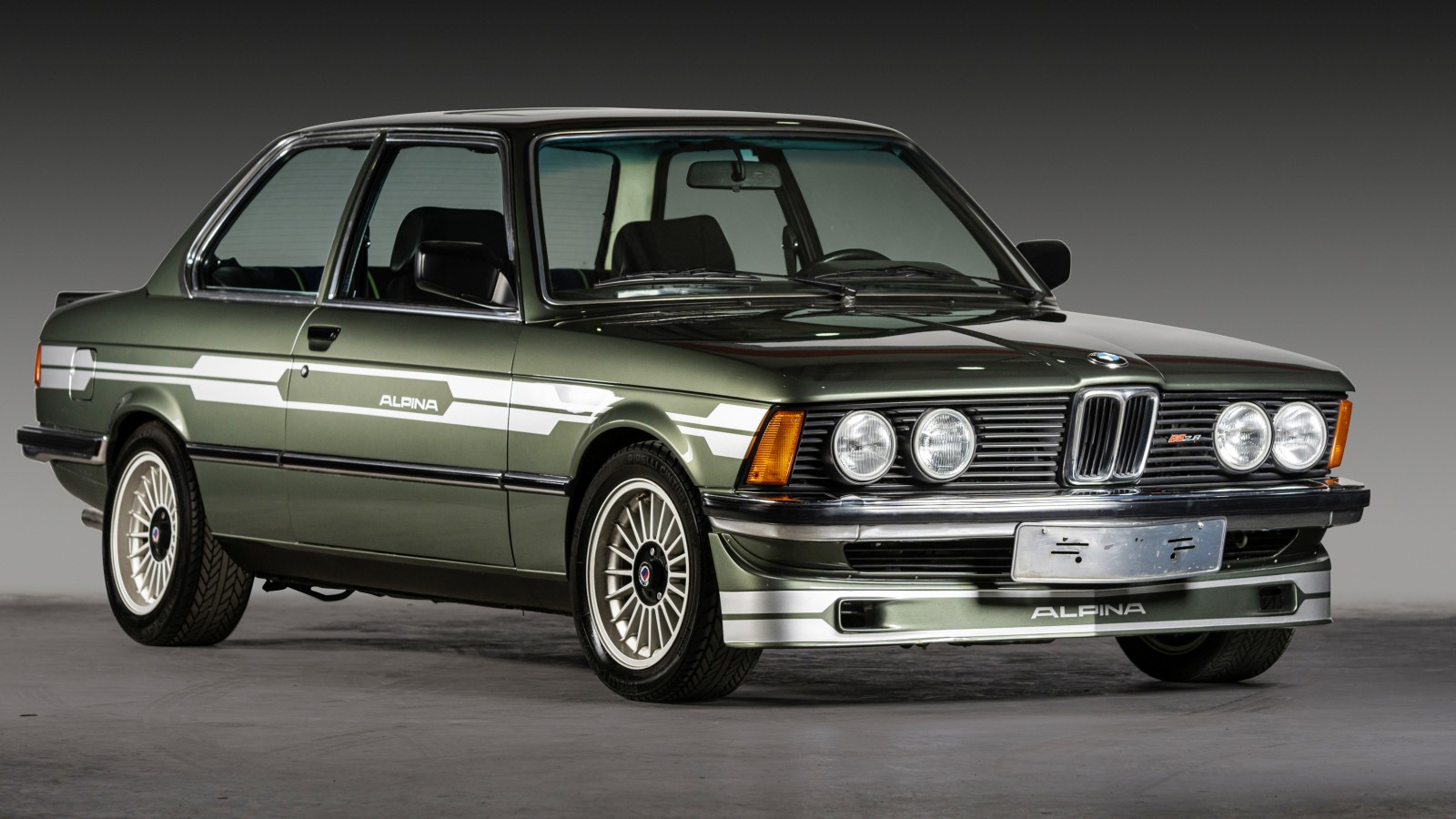 © RM Sotheby’s
© RM Sotheby’s -
 © RM Sotheby’s
© RM Sotheby’s -
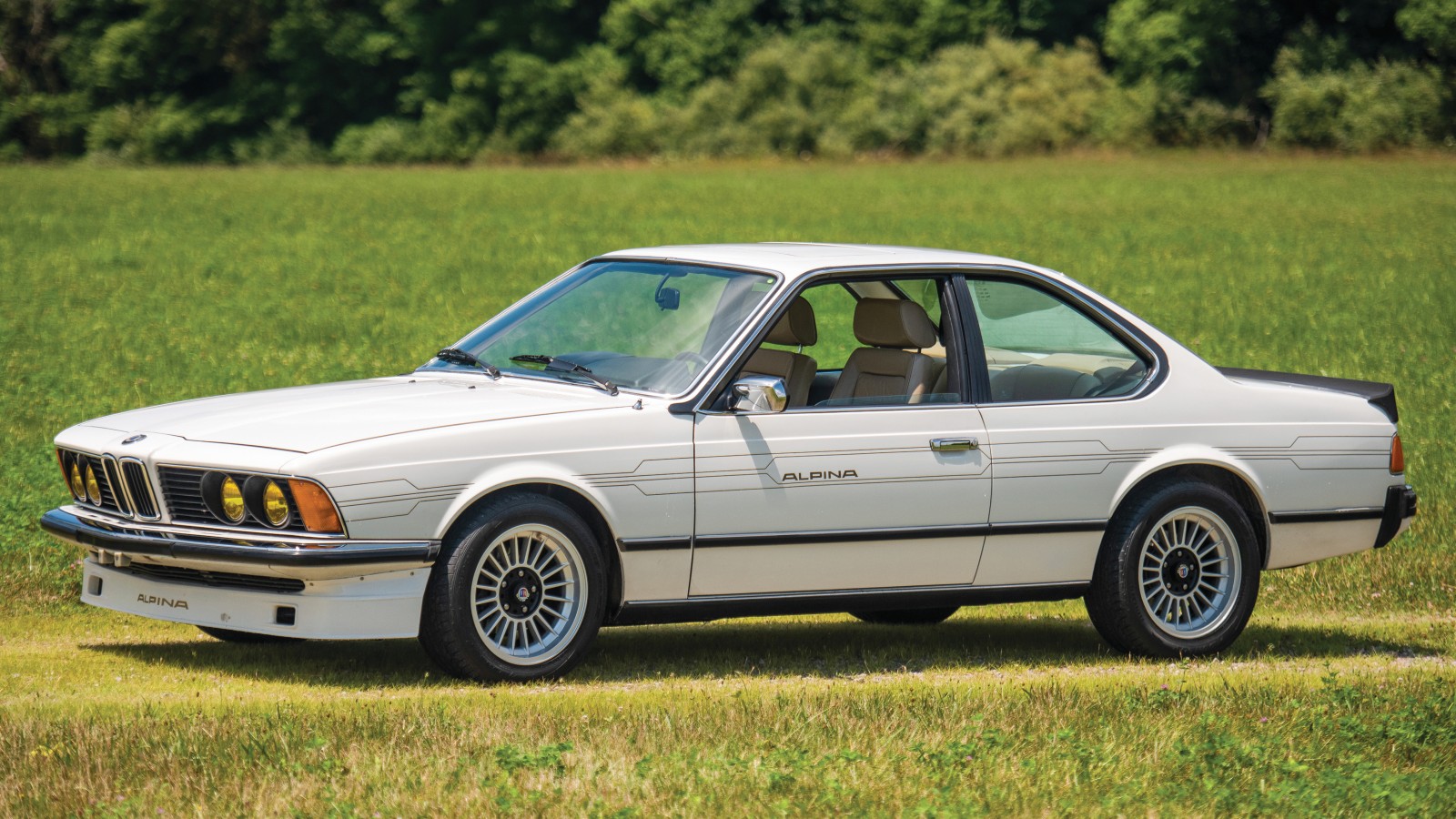 © RM Sotheby’s
© RM Sotheby’s -
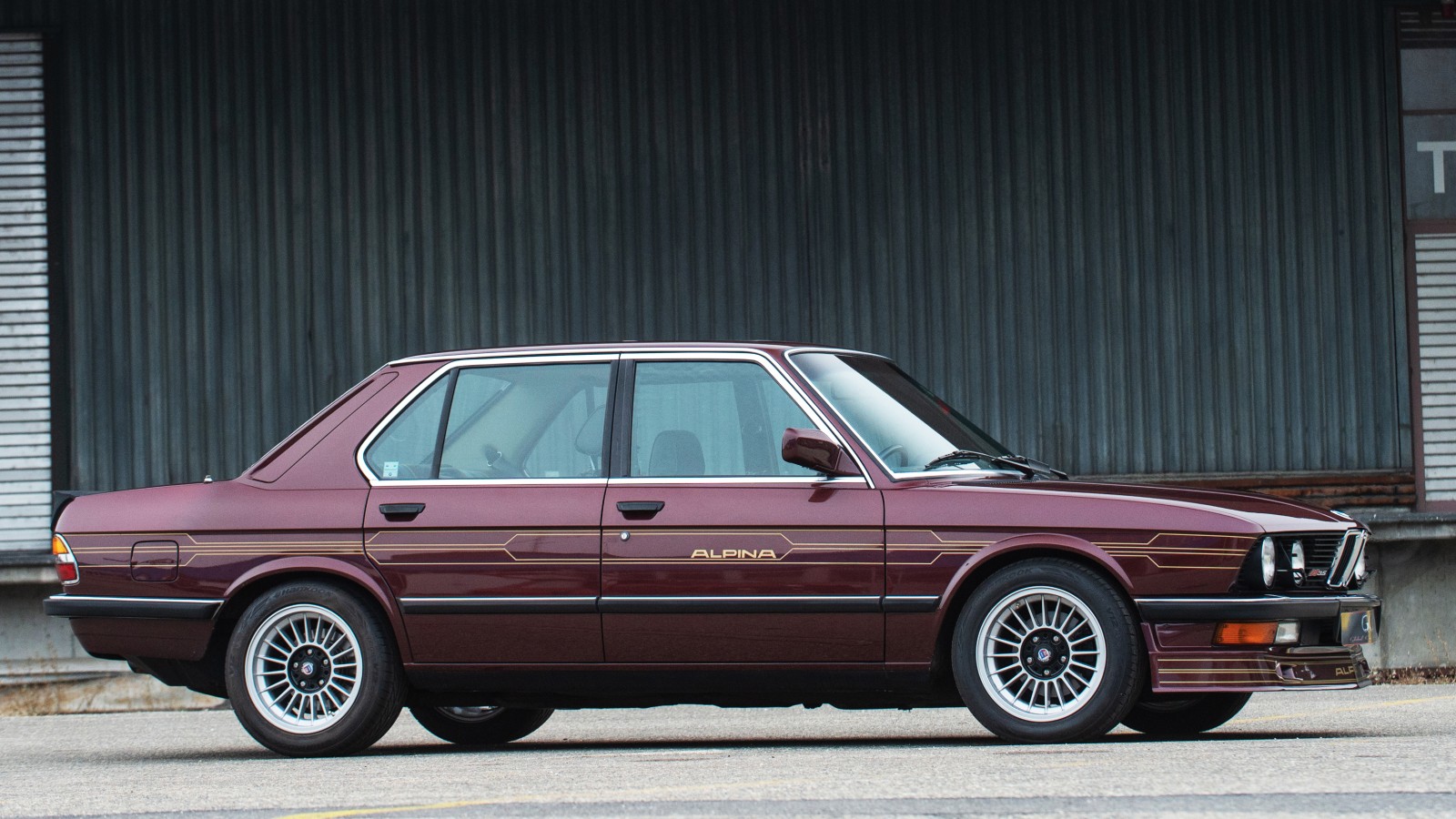 © RM Sotheby’s
© RM Sotheby’s -
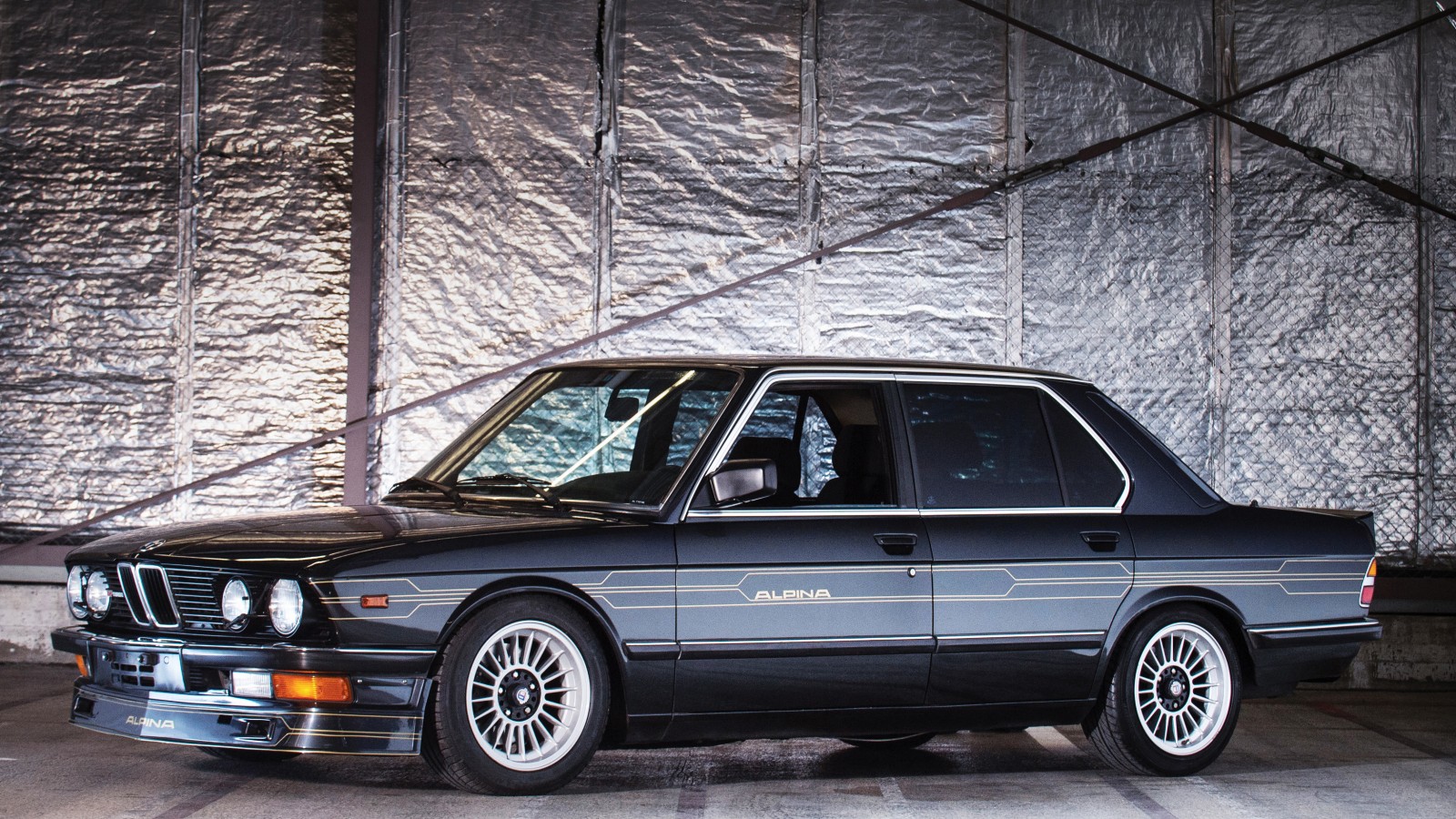 © RM Sotheby’s
© RM Sotheby’s -
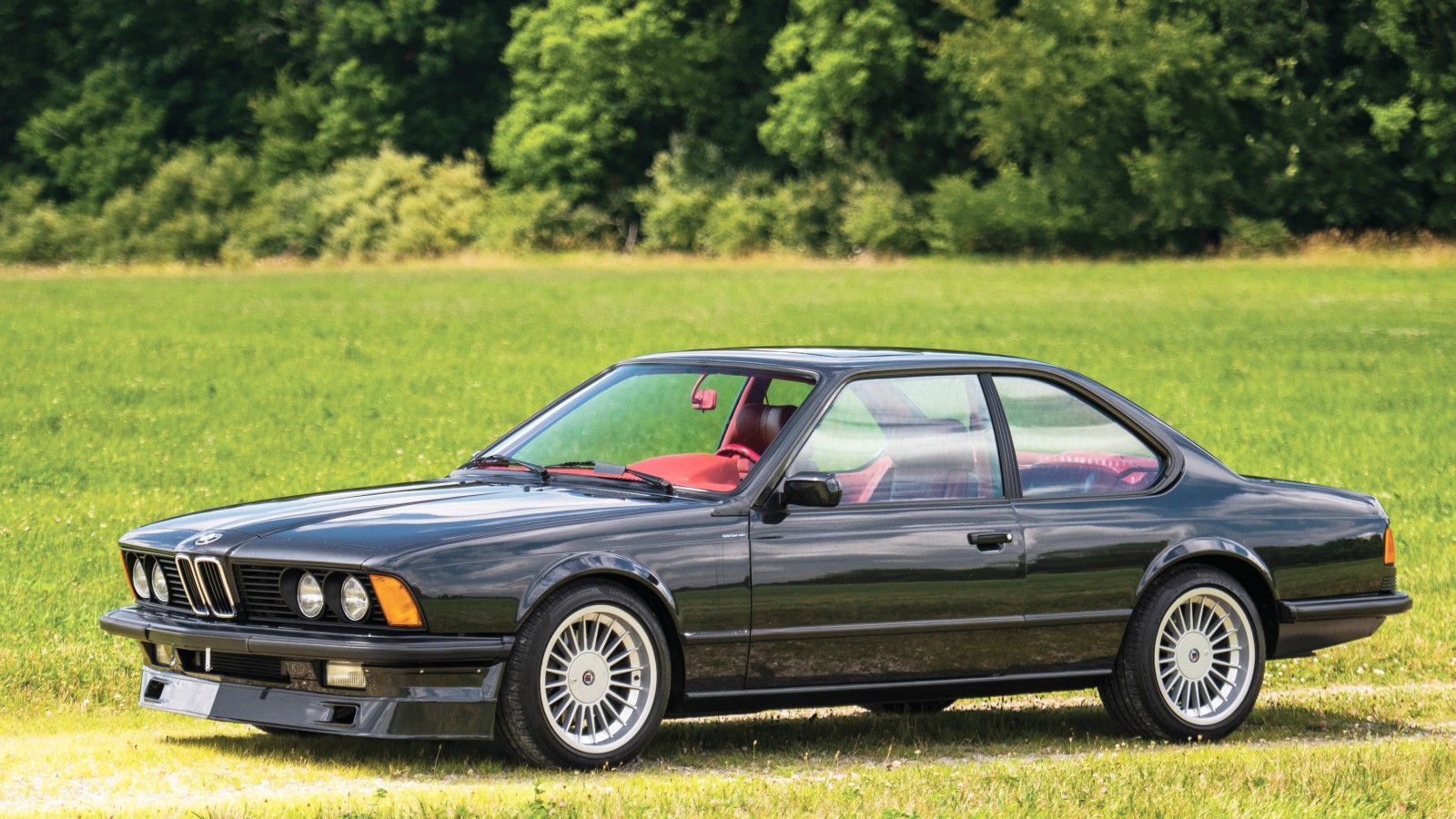 © RM Sotheby’s
© RM Sotheby’s -
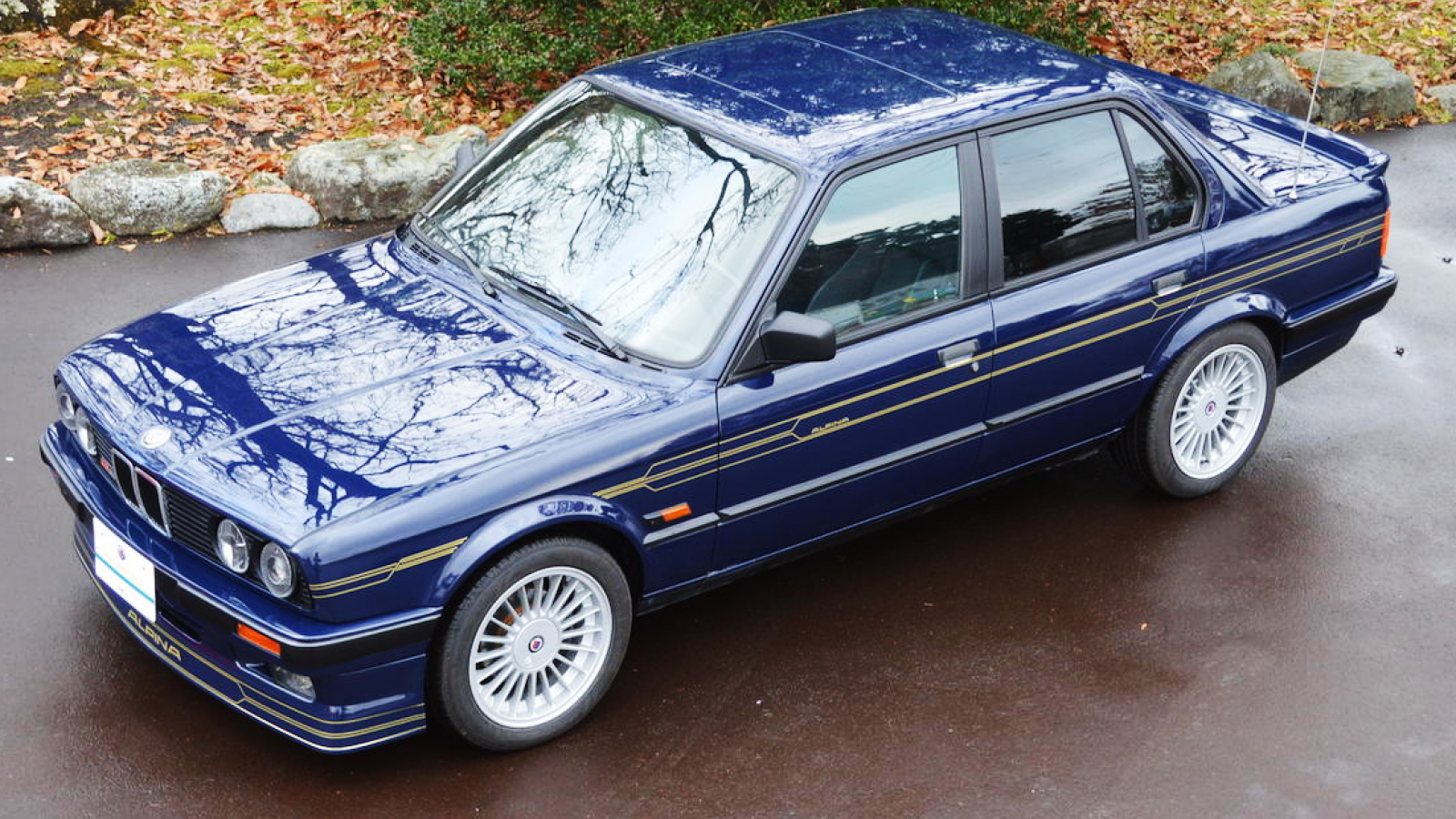 © Bonhams
© Bonhams -
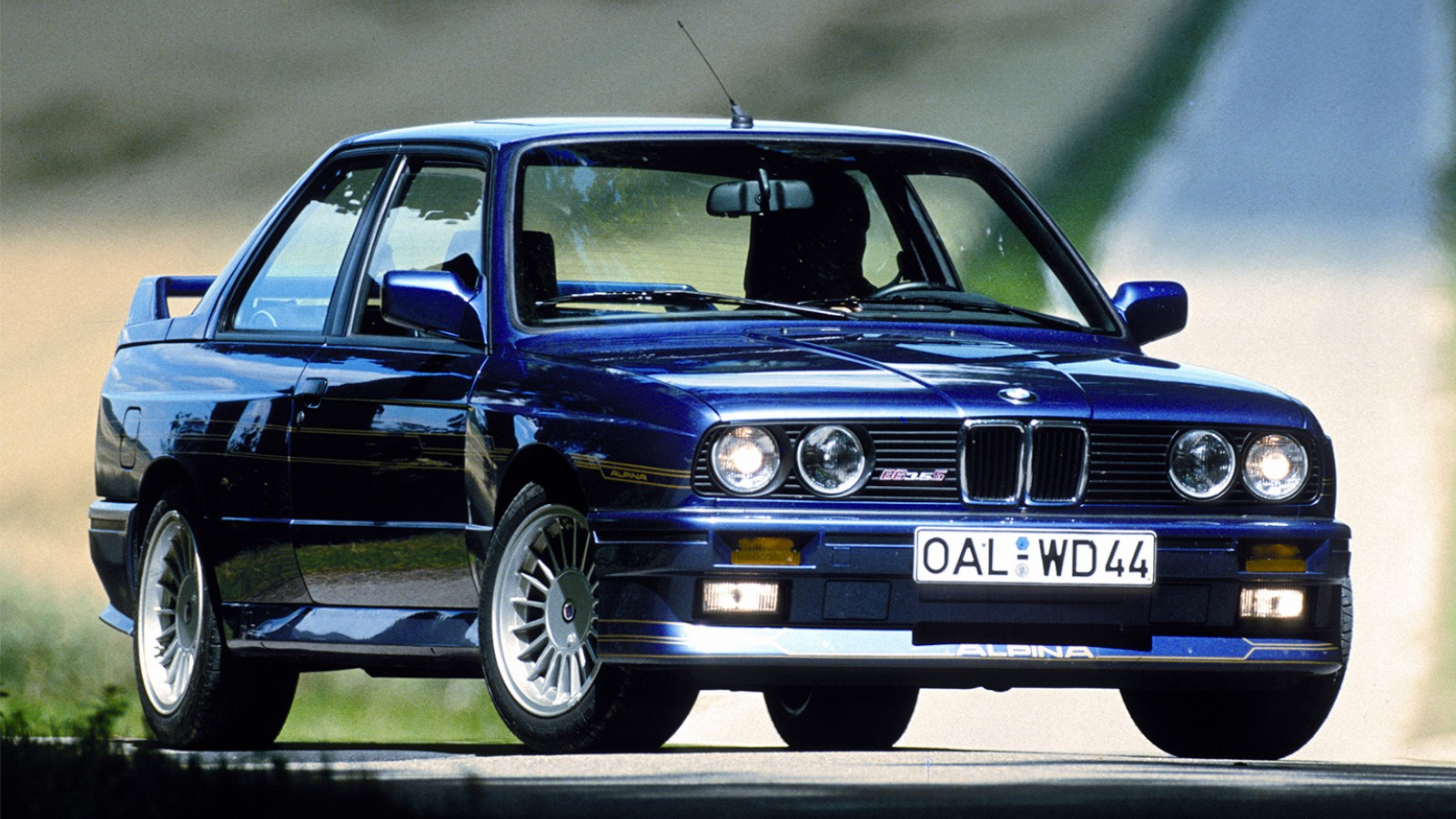 © Alpina
© Alpina -
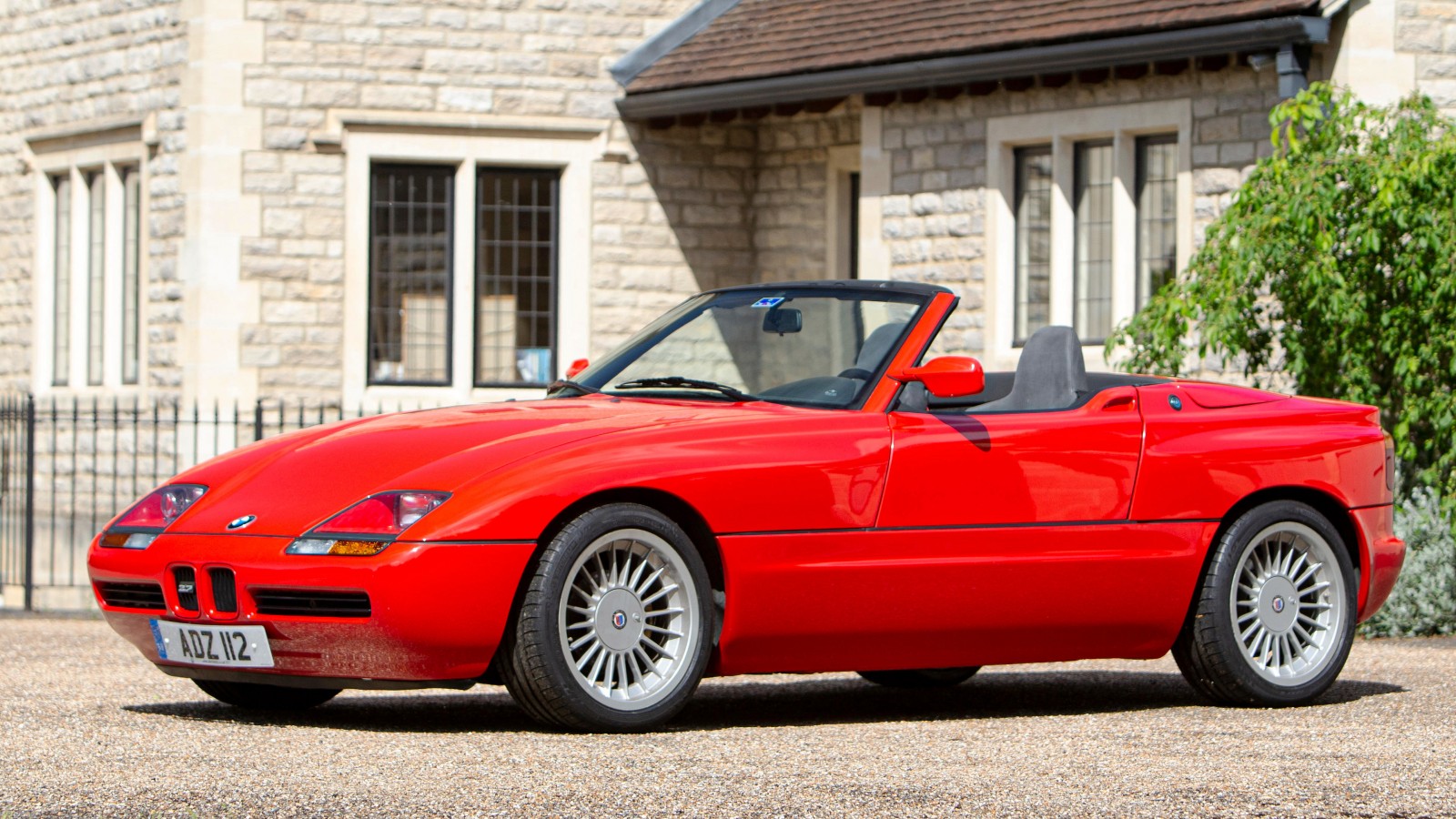 © Bonhams
© Bonhams -
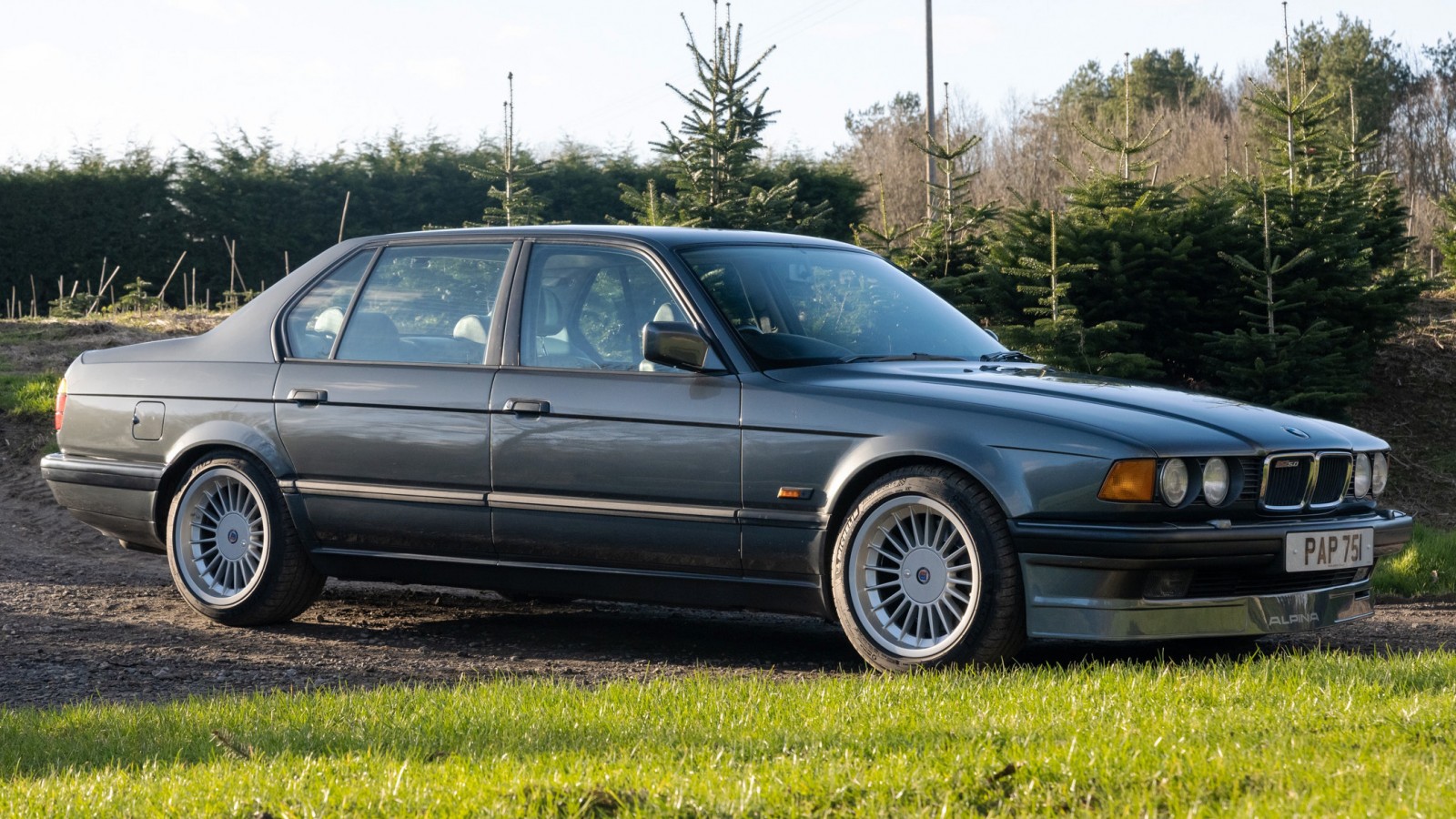 © Collecting Cars
© Collecting Cars -
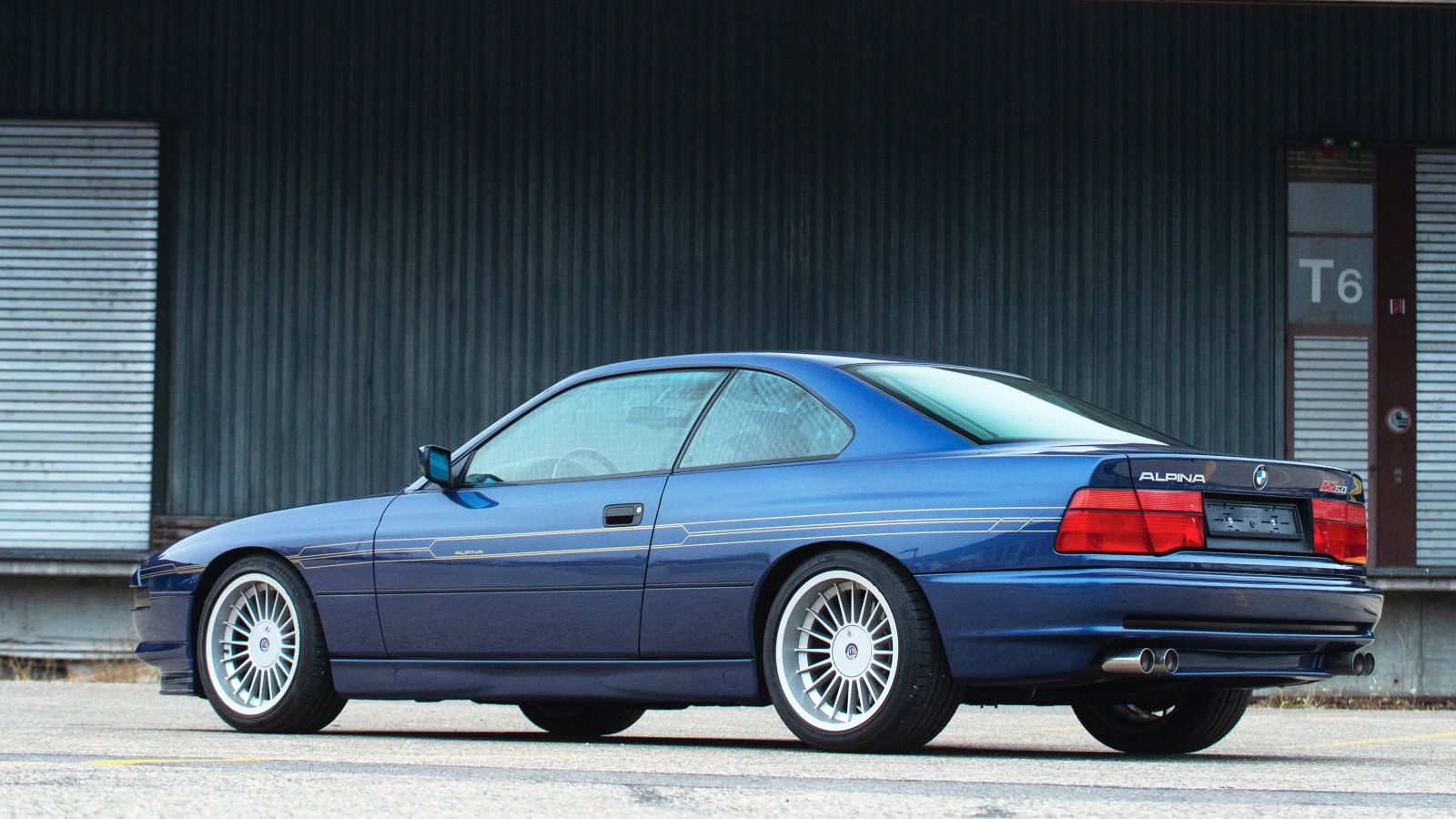 © RM Sotheby’s
© RM Sotheby’s -
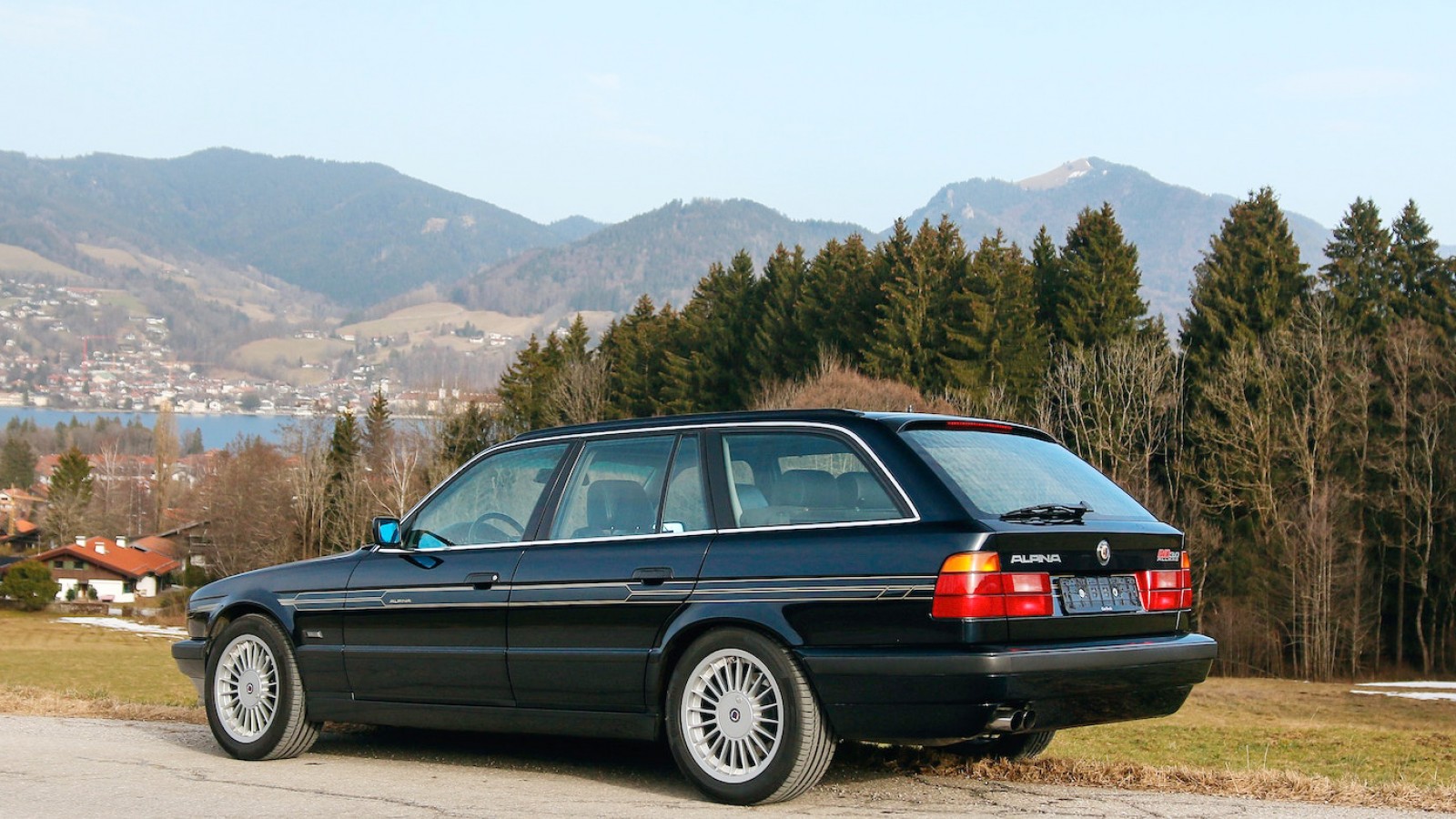 © Collecting Cars
© Collecting Cars -
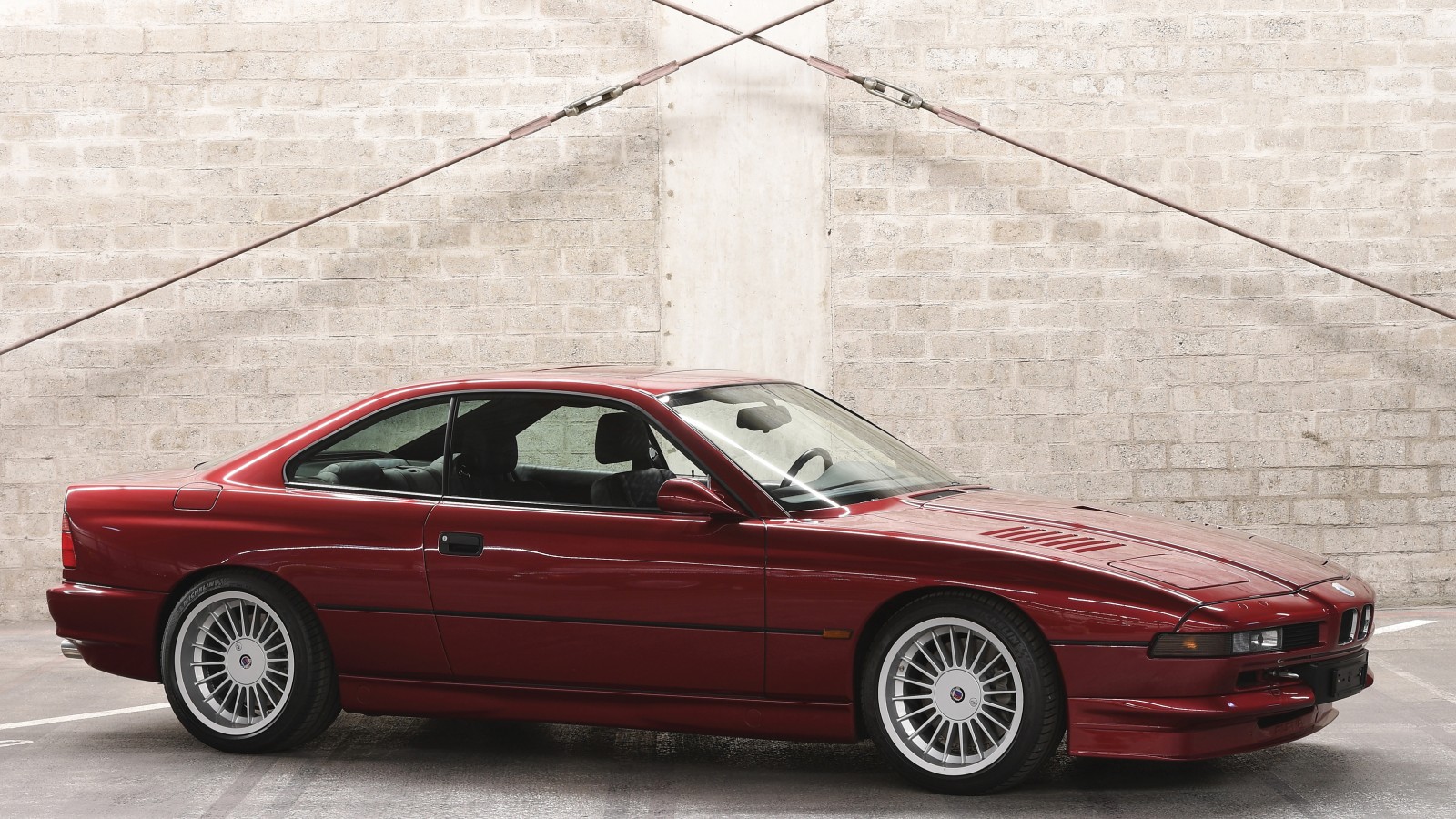 © RM Sotheby’s
© RM Sotheby’s -
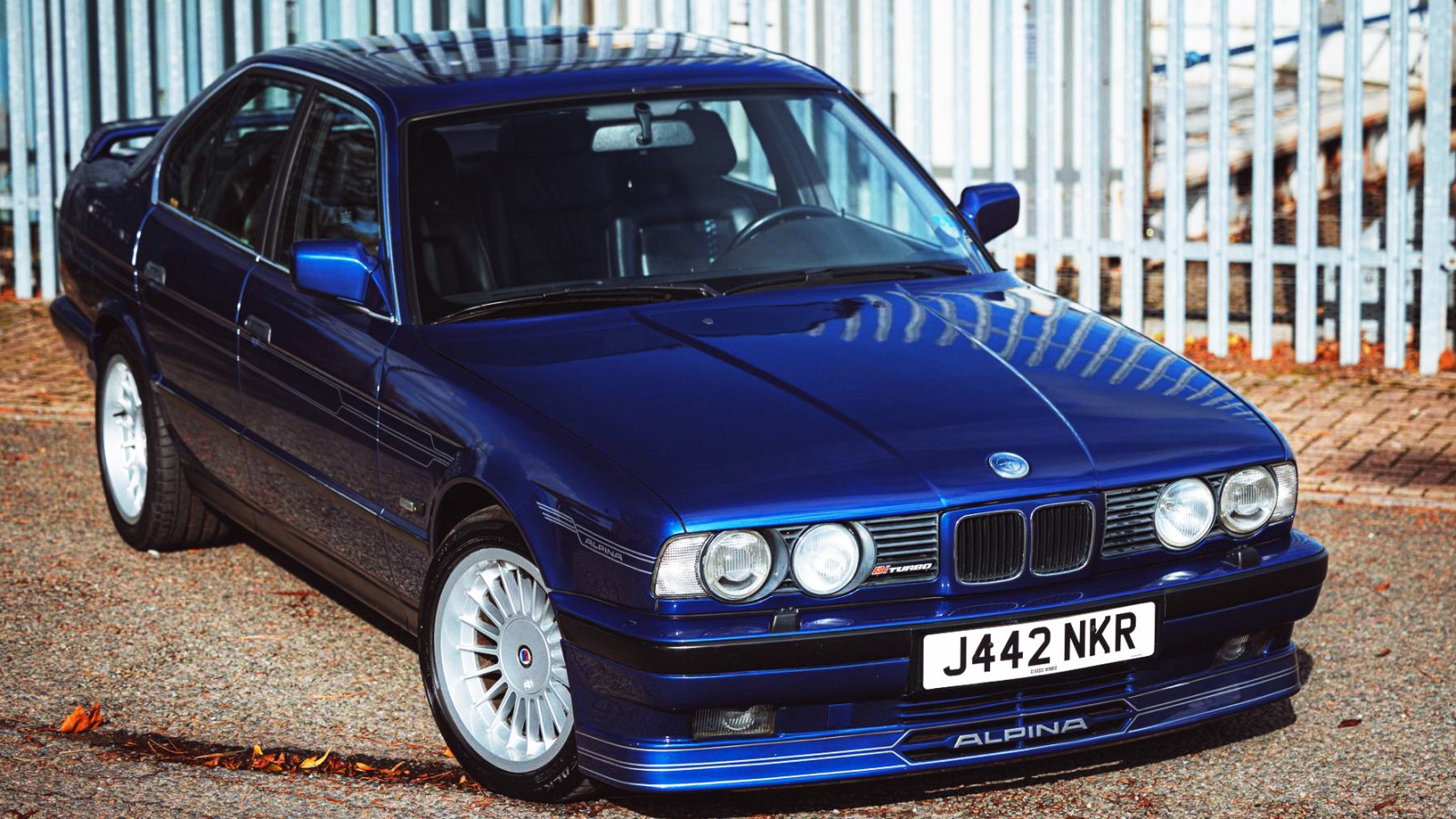 © The Market by Bonhams
© The Market by Bonhams -
 © Collecting Cars
© Collecting Cars -
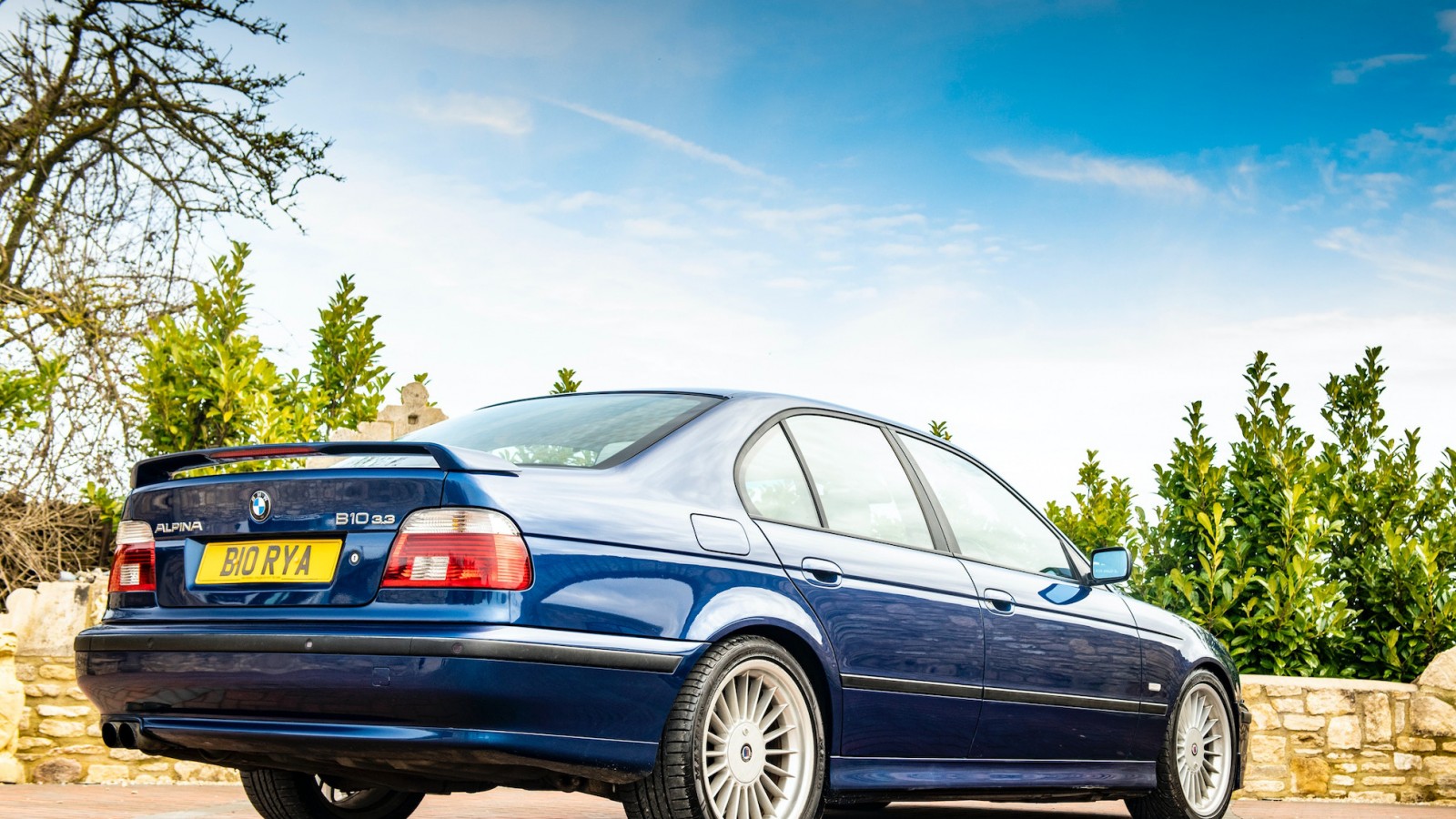 © Collecting Cars
© Collecting Cars -
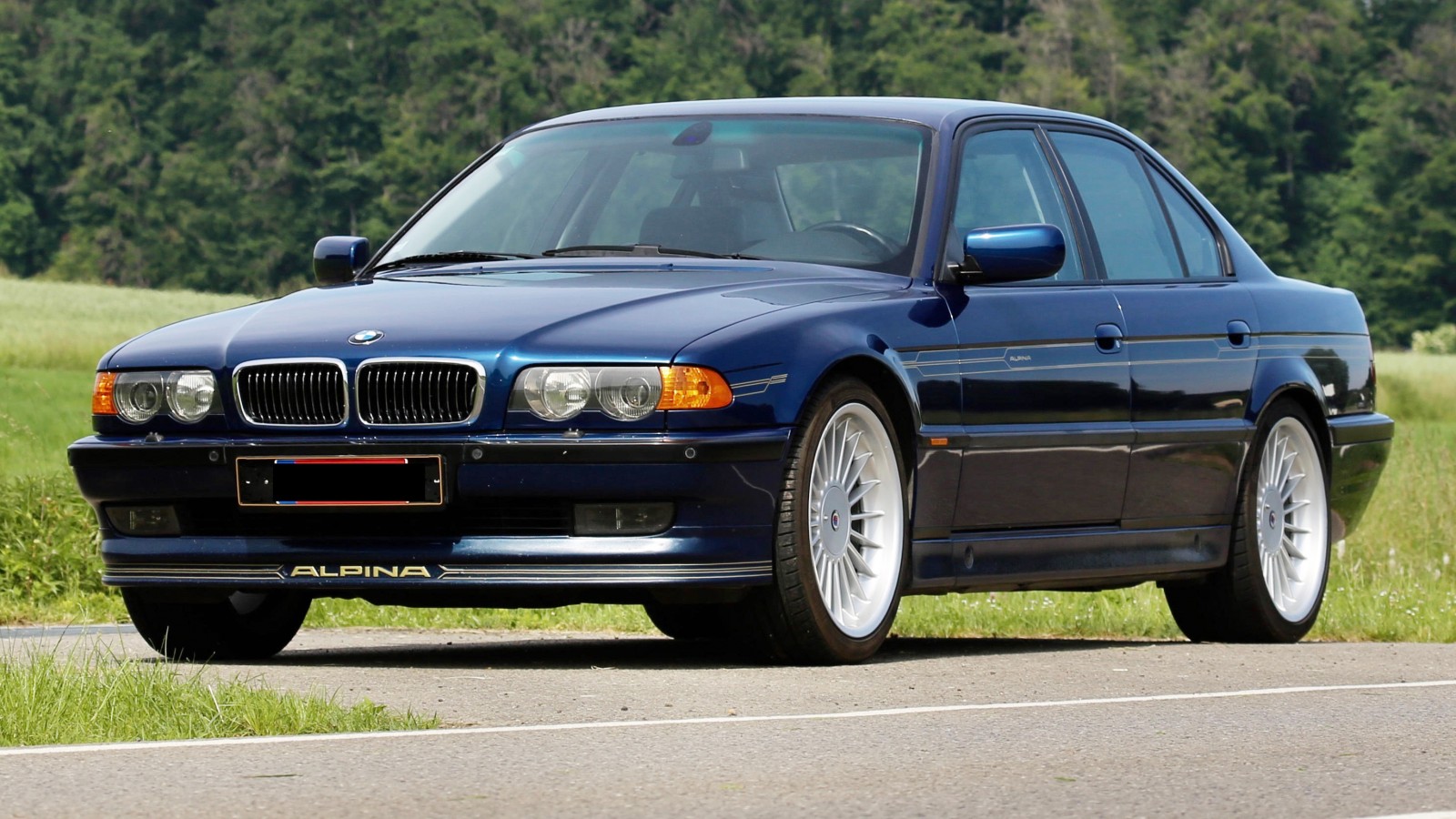 © Bonhams
© Bonhams -
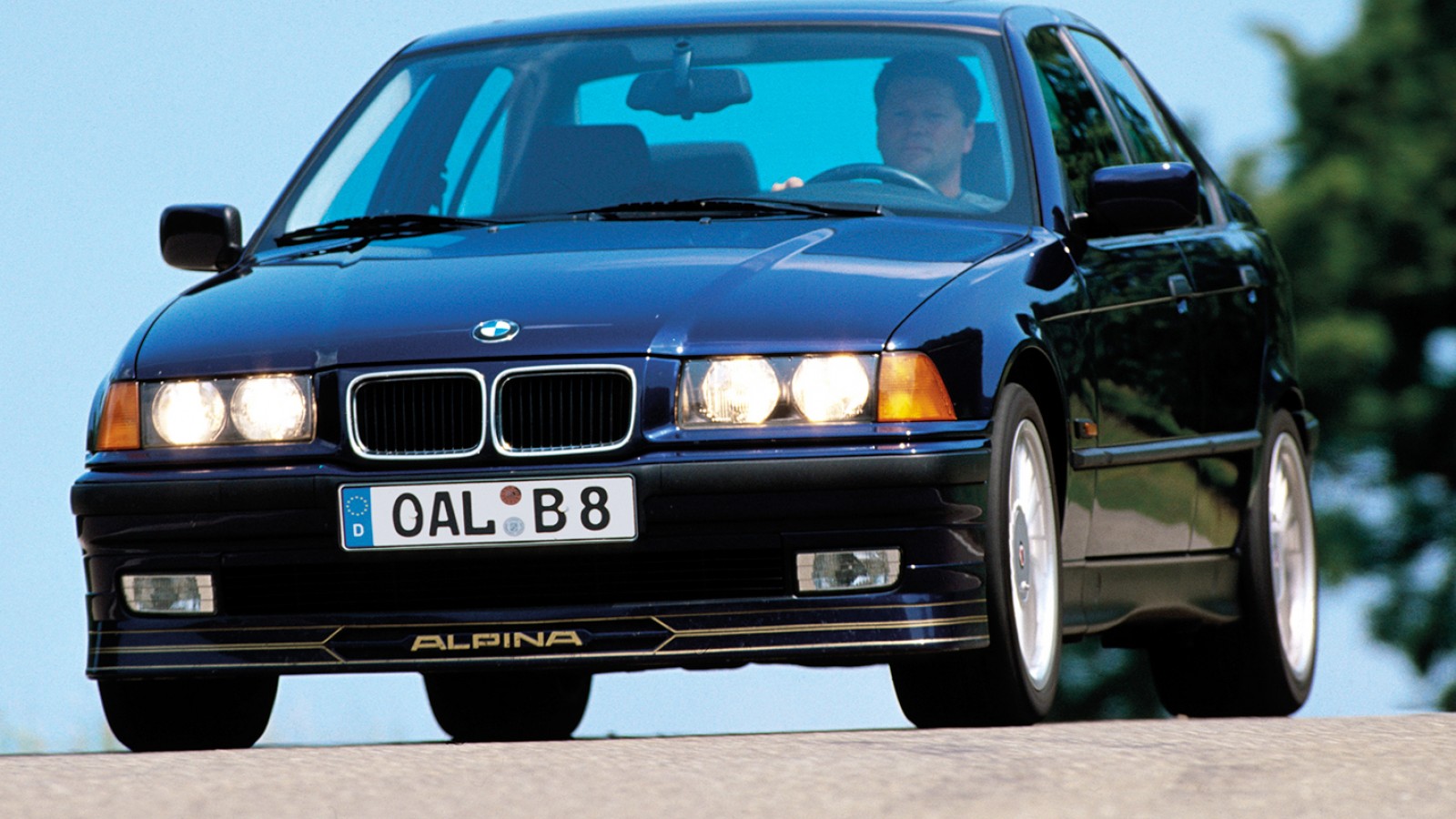 © Alpina
© Alpina -
 © Collecting Cars
© Collecting Cars -
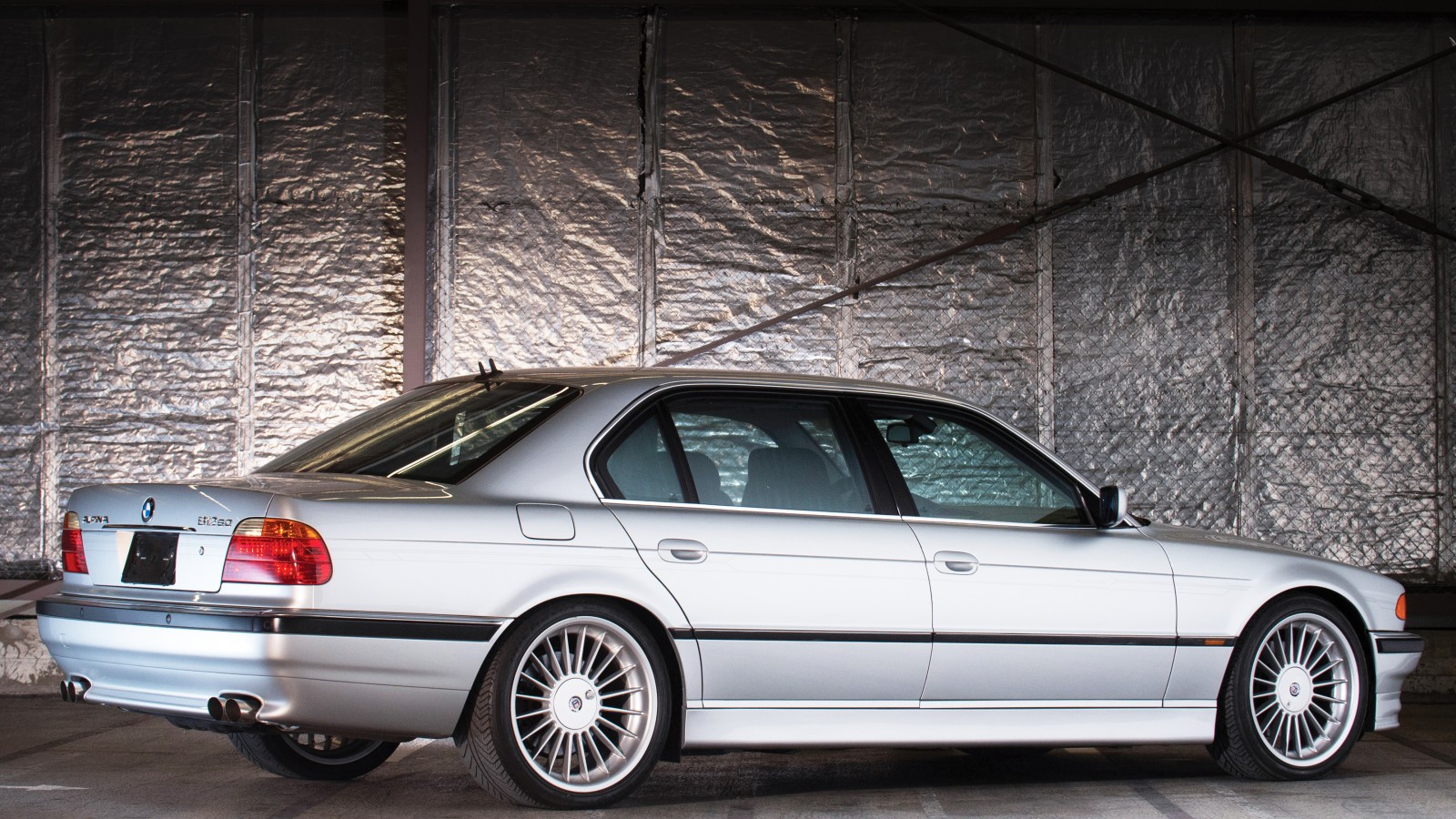 © RM Sotheby’s
© RM Sotheby’s -
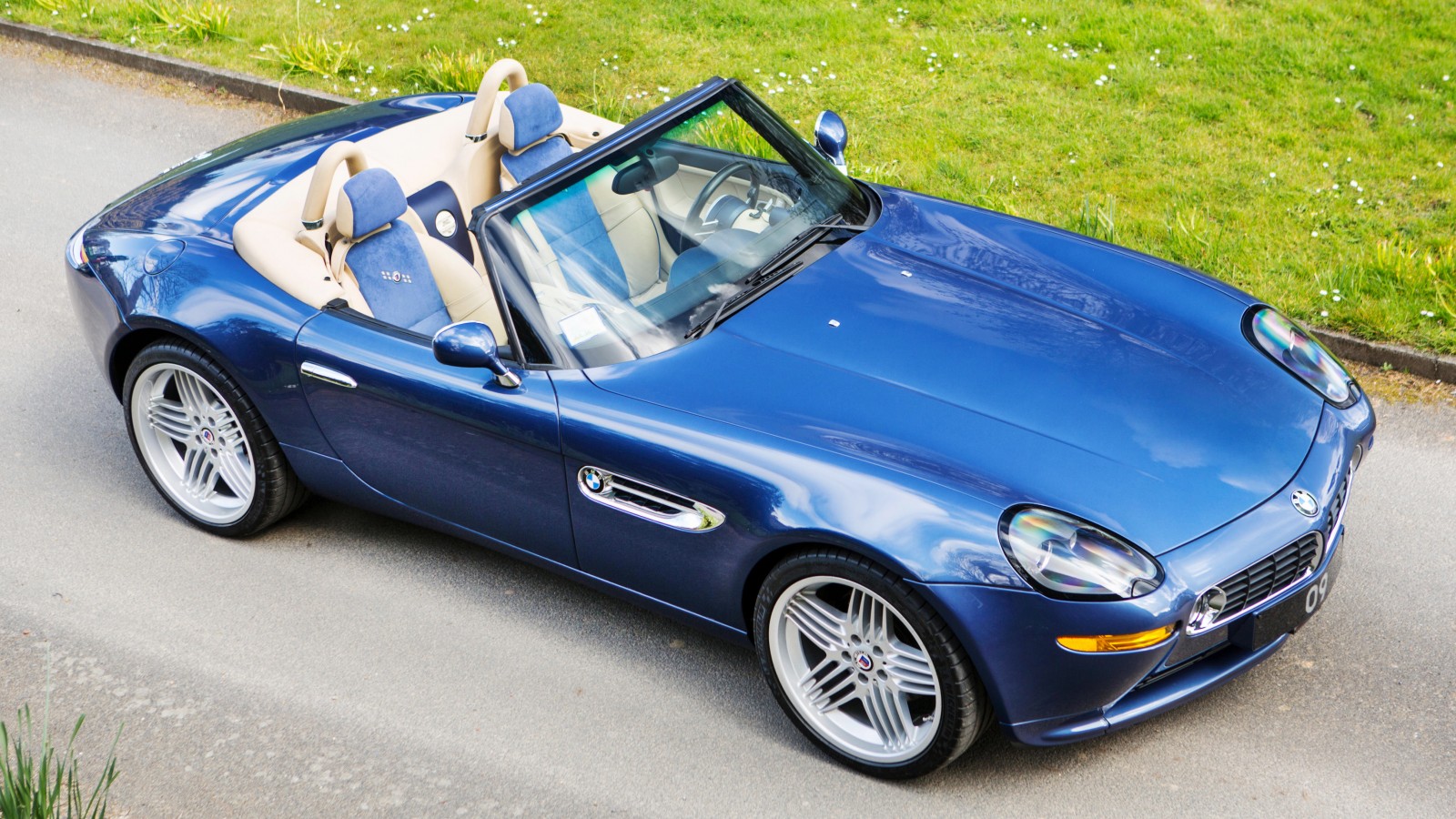 © Bonhams
© Bonhams
-
Turning point
There are BMW tuners, and then there is Alpina. While the company started making tuning parts for BMWs in the 1960s, after switching from typewriters, the changes the Buchloe-based firm made earned it the right to define its creations as cars in their own right.
The key to Alpina’s appeal is that it builds cars to excel on real roads. While BMW’s M division chases numbers and lap times, Alpina’s approach is to make stunningly fast road cars with a suspension set-up for blissful everyday comfort, accompanied by almost Bentley-style luxury appointments inside. Over the years, Alpina and BMW have collaborated on road and racing cars, too.
Pretty soon, however, Alpina is to be absorbed into the BMW family properly, while the Buchloe facility and team will turn its focus to classic Alpinas and their restorations.
With this change on the horizon, we’ve selected 25 highlights from the Alpina repertoire up to around 2005 – which is your favourite?
-
1. BMW 2002tii Touring
The firm was founded in 1965 by Burkard Bovensiepen, but the origins came a few years before that.
Bovensiepen developed a Weber dual carburettor for the 1500 that garnered such acclaim from the motoring press that, in 1964, BMW certified the product’s quality. From then on, BMWs fitted with the Alpina dual-carb set-up could retain their factory guarantee.
This 1974 2002tii is a good example of the tuning parts you could specify – the foglights, wheels, interior trim, tuning parts and the now-famous graphics.
-
2. BMW 1800Ti/SA
BMW’s M department has been rightly lauded in 2022 as it celebrates its 50th birthday, but prior to that, Alpina did much to improve the manufacturer’s sporting verve during the 1960s.
The New Class set the template for small BMW saloons for years to come, right up to the modern M2.
Alpina’s know-how was applied to the 1800Ti, which featured two twin-choke Solex carburettors and a higher compression ratio to deliver a feisty 110bhp.
This formed the basis of the 1800Ti/SA, a homologation special of which 200 were made. This proved to be a successful Touring Car challenger.
-
3. BMW 3.0 CS (E9)
Think of ’70s Touring Car racing and it’s hard not to see the fast and flamboyant BMW E9 CSL ‘Batmobiles’ flinging themselves over kerbs across Europe.
However, the first major victory for the CS actually came via Alpina. In 1970, Günther Huber and Helmut Kelleners took their Alpina-tuned 2800CS to victory at the gruelling Spa 24-hour race, en route to the European Touring Car Championship. It was a good year for Alpina, with victories in hillclimbing and rallying, too.
At the time, Alpina was still very much an independent tuner, and some CS road cars could be converted – like the one you see before you.
-
4. Alpina C1 2.3 (E21)
Among the first cars to be badged as Alpinas, rather than as modifications of BMWs, came from the E21 3 Series.
The first, the A1/3 and A2/3 appeared in 1975, with 121bhp and 150bhp respectively, and were offered for two years. In 1976, fuel injection appeared and so did the A4/3 and A4S/3, offering 160bhp and 168bhp; these cars were based on the 320 and 320i.
The 323i formed the basis of the C1 2.3 you see before you, which produced 168bhp and ran between 1980 and 1983. It featured upgraded suspension and a healthy performance boost over the standard cars.
-
5. Alpina B6 2.8 (E21)
The 323i also formed the basis of the top-of-the-range B6 2.8, which first appeared in 1978 with 197bhp.
That lofty performance figure was attained with a 2.8-litre straight-six worked over with forged Mahle pistons, upgraded combustion chambers and a higher compression ratio, as well as Zenith-Pierburg DL fuel injection. The standard car’s four-speed manual gearbox was replaced with a Getrag five-speed unit.
The suspension was also improved courtesy of Bilstein, with shorter, stiffer springs and revised damping, while the braking system was uprated, too. In 1981, the B6 2.8 was upgraded to produce 215bhp – it ran until 1983.
-
6. Alpina B7 Turbo S (E12)
Alpina’s first take on the BMW 5 Series first broke cover in 1978, based on the 528i. The straight-six engine’s capacity was upped to 3.0 litres, to which a KKK turbocharger was strapped.
The results were spectacular – 296bhp and 340lb ft torque, delivered to the rear wheels via a five-speed gearbox. That was enough for it to smash past 62mph in 6.5 secs.
In 1981 the B7 Turbo S appeared, with a 3.5-litre engine and an extra 35bhp that tucked the 62mph dash under 6 secs. It was enough to demolish a Ferrari 308 – and earn it the title of the fast four-door in the world at the time.
-
7. Alpina B7 Turbo (E24)
BMW’s E24 6 Series was originally built on the E12 5 Series platform, so it was hardly surprising that Alpina sought to add some extra vigour to this elegant two-door.
The first E24s appeared in 1978 and were based on the 630CSi. The straight six-engine produced 300bhp and gave a 0-60mph blast of around 6.8 secs.
However, this was only the beginning of Alpina’s odyssey with the E24, as we’ll see.
-
8. Alpina B9 3.5 (E28)
Though the most eye-catching Alpinas were its turbocharged models, these were always very rare.
The bulk of Alpina’s sales success in the ’80s came via its naturally aspirated models, such as the B9 3.5 you see here.
It’s powered by a 3.5-litre straight-six with Mahle pistons, an upgraded camshaft and remapped Motronic engine management to deliver 245bhp and a 0-62mph sprint of 6.7 secs. Quite something when BMW’s then-range topper, the 528i, produced just 180bhp.
The B9 3.5 ran from 1981 to 1983, and was replaced with the 3.5/1 which was sold until 1985. Finally, the E28 naturally aspirated Alpina era was signed off with the B10 3.5, which provided 261bhp and was sold between 1985 and 1987.
-
9. Alpina B7 Turbo S/1 (E28)
Alpina carried on the nomenclature from the E12 5 Series into the new E28 chassis.
The B7 Turbo mustered 296bhp and was produced from 1984 to 1987 (based on the 528i), while the 535i-based car that ran between 1986 and 1987 offered rather more.
The 3.5-litre straight-six was augmented with a KKK turbocharger, Mahle pistons, a modified cylinder head and a new exhaust manifold.
Reining it all in were Girling disc brakes and upgraded Bilstein suspension. Necessary, given that it was now kicking out around 315bhp and could complete the 0-62mph sprint in 6.2 secs – enough for it reclaim the title of fastest four-door saloon in the world.
-
10. Alpina B7 Turbo/3 (E24)
When the BMW E24 6 Series range was upgraded to E28 5 Series chassis components, Alpina followed a similar path with enhancements for the model.
Confusingly, the naturally aspirated models use the same B9 naming convention, and were based on the 635CSi.
The Turbo model that ran between 1984 and 1987 also followed a similar mechanical fettling path as the saloon sister, but produced more power: 330bhp. This was good for a 62mph sprint a smidge over 6 secs.
The introduction of catalytic converters in 1986 brought power down to 320bhp.
-
11. Alpina C2 2.7 (E30)
By 1983, Alpina had been recognised by the German Federal Ministry of Transport as an automobile manufacturer, rather than a tuner.
Alpinas also began to be sold via BMW dealers, as well as being serviced there. It all came just in time for the launch of Alpina’s take on the E30 3 Series.
Alpina’s E30 range is a confusing mixture of letters and numbers, with some models specifically produced for certain regions
Broadly speaking, the first Alpina E30 appeared in 1985, based on the 323i, with 170bhp. There followed the 325i-based C2 2.7 models in two-door, four-door, all-wheel-drive and convertible forms, offered between 1986 and 1987. From 1987, the range was known as the B3 2.7, sold until 1992 with a 204bhp engine.
However, that’s not all the E30 variants, as we’ll soon discover…
-
12. Alpina B6 3.5 S (E30)
The first B6 E30 arrived in 1984, offering a 2.8-litre engine, but it’s the 3.5-litre engines that appeared in 1985 that are better known.
While the biggest engine you could get from BMW was the 325i, Alpina dropped in the 3.5-litre straight-six from the E28 and E24, resulting in around 254bhp to 261bhp, depending on spec. That was a healthy jump from a 325i and considerably more than an M3.
However, the ultimate Alpina has to be the 3.5 S, which blended the upgraded 254bhp straight-six with the suspension system and body of the E30 M3. Fewer than 70 were ever built, and the only one we can find for sale at the time of writing was nudging €300k.
-
13. Alpina RLE (Z1)
The Z1 was a landmark car for BMW. While its construction, styling and retractable doors are particularly noteworthy, arguably its greater importance is under the skin; its influence also made its way to Porsche, too.
It is one of the first BMWs to use multi-link suspension, developed under the watchful eye of one Ulrich Bez. It transformed the handling and roadholding, and when Bez left for Porsche, he took the learnings with him to produce the much revered, and tidier handling, 993-era 911.
The problem was that the suspension was so good, many reviewers thought the Z1 was a bit lacklustre in the engine department.
Alpina had the solution: fit the C2 2.7-litre engine, which helped give it just the right amount of mid-range torque to make it very exciting indeed. Sadly, just 66 were ever made.
-
14. Alpina B11/B12 (E32)
Alpina had provided parts for BMW 7 Series owners in the past, but the first true Alpina 7 came in 1987, based on the 735i, and was called the B11.
The naturally aspirated straight-six engine was tweaked to produce 250bhp (240bhp in catalysed form), which later grew to 254bhp.
A short-lived B11 4.0, only offered from 1993 to 1994, was based on the 740i but with 315bhp on tap. However, the true top of the range was the B12 5.0, which was built between 1988 and 1994. Using the V12-powered 750i as its basis, it was upgraded to 350bhp and 345lb ft of torque, enough for a 0-62mph sprint of 6.9 secs.
-
15. Alpina B12 (E31)
The 8 Series was BMW entering another league. While the 6 Series was a great GT, it didn’t have the torquey thrust of its big rivals at Porsche and Mercedes-Benz.
To that end, BMW imbued its sharply dressed super coupé with V8 and V12 engines – just in time for the prestige GT market to collapse.
Undeterred, Alpina turned its attention to the V12 850i and 850ci, coaxing an extra 59bhp out of it via Mahle pistons, improved camshafts and upgraded cylinder heads, while the suspension got a thorough going-over, too. However, something even more special was on the way…
-
16. Alpina B10 (E34)
Alpina’s take on the E34 5 Series was initially focused on the then top-of-the-range 535i, and called the B10 3.5/1.
Introduced in 1988, it upped the oomph to 254bhp (compared to the standard 220bhp) and shrank the 0-62mph sprint to 6.4 secs.
In 1993, the B10 3.5/1 was replaced with the 540i-based B10 4.0, which upped the V8’s power from 286bhp to 315bhp. A later evolution saw an Alpina-designed 4.6-litre V8 arrive, which produced the same power as an E34 M5 (340bhp) but with 20 percent more torque.
However, we’ve chosen to showcase the rarely seen B10 3.0 AWD, based on the 525ix. This saw the 2.5-litre straight-six taken to 3.0 litres, to produce 231bhp. However, the most infamous E34 Alpina is yet to come…
-
17. Alpina B12 5.7 (E31)
BMW didn’t officially make an M8, other than a prototype. However, it did make an unofficial one, the 850CSi, which uses an M division S-monikered V12 engine.
Alpina took these raw materials and bored the engine out to 5.7 litres, modifying the crankshaft, intake, camshafts and exhaust to produce 416bhp.
You could choose from either a manual transmission or a Switch-Tronic semi-automatic gearbox. Just 57 were built.
-
18. Alpina B10 Biturbo (E34)
This car marked a turning point for four-door saloons.
While the likes of the BMW E28 M5, Mercedes-Benz 450SEL 6.9 and several American muscle cars had produced big numbers, the Alpina B10 Biturbo was special even among that exalted company. It was faster than the Ferrari Testarossa to 60mph, yet could carry four people in comfort.
The basis was the BMW 535i, to which two Garrett T25 turbochargers were strapped as well as forged Mahle pistons. The results were staggering. The standard 535i had 208bhp, but the B10 Biturbo produced 360bhp. A little more than 500 were built.
-
19. Alpina B6/B3 (E36)
Alpina cracked on with the E36 variant of the 3 Series in early 1992, taking the 325i base car to 2.8 litres for 240bhp with the B6 2.8.
A year later Alpina went further, with the B3 3.0, which took power to 250bhp courtesy of a 3.0-litre straight-six; it was available in two-door, four-door, convertible and estate form.
In 1996 the 3.0 was replaced with the 3.2-litre version, unsurprisingly called the B3 3.2. This took power to 265bhp, clothed in coupé or saloon bodies. However, this wasn’t the hottest E36 – more on that later.
-
20. Alpina B10 (E39)
Alpina kept the B10 nomenclature for the E39, but split the range into six-cylinders and V8s.
We’ll come to the eight-cylinder cars later because, like E39s generally, certain enthusiasts don’t think biggest is necessarily best.
Based on the 528i, the B10 3.2 saw the straight-six bored out to 3.2 litres for 260bhp, which ran until 1999. It was replaced by the 280bhp 3.3.
The E39 also saw the first diesel Alpina, launched in 2000 and based on a 530d.
-
21. Alpina B12 5.7 (E38)
Unlike the E32 7 Series, Alpina didn’t offer uprated versions of the six- and eight-cylinder models, instead plumping straight for the V12 750i models in 1995.
Alpina didn’t turn to turbocharging or supercharging to boost the power, with the 5.6-litre naturally aspirated engine doling out 387bhp. That’s good for 6.4 secs to 62mph, which is fairly athletic for such a monster machine.
-
22. Alpina B8 (E36)
Alpina beat BMW to the punch over transplanting a V8 into a 3 Series by more than a decade.
The short-lived B8 4.0 of 1995 was quickly followed by the B8 4.6. The 4.0 offered 313bhp, while the 4.6 provided a hefty 333bhp, and was available in coupé, saloon, estate and convertible form. BMW took until 2022 to offer its hottest 3 Series with an estate body…
Interestingly, the 333bhp near enough matched the E36 M3 of the same era, but delivered the same amount of torque as the M car at just 1000rpm, with peak torque of 347lb ft appearing somewhat later up the rev range.
-
23. Alpina B10 V8 (E39)
BMW went the eight-cylinder route for its range-topping M5, but Alpina beat it to the punch by about a year and, unlike its M division sibling, it was available in estate form.
The first cars were launched in 1997, and produced 340bhp from a 4.6-litre engine, but this was upped to 347bhp a year later.
The ultimate E39 B10 is the V8 S, built between 2002 and 2004, which saw the engine capacity up to 4.8 litres and power climb to 375bhp for a 5.4-sec 0-62mph time. That was knocking on the door of the M5, and again you could choose a dog-carrying version.
-
24. Alpina B12 6.0 (E38)
Mercedes-Benz was getting monstrous amounts of power out of its S-Class courtesy of AMG, and Alpina felt duty bound to respond. Hence the B12 6.0 was born in 1999, with 424bhp.
There was rather more to it than boring out the handbuilt engine, as it rode on bespoke springs and dampers. Despite its heavy weight, it could clobber the 60mph dash in under 6 secs.
Just 94 were built, with 23 in long-wheelbase form, as seen here.
-
25. BMW Alpina Roadster
The BMW Z8 received a less-than-overwhelmingly-positive response from the motoring press when new – look at the prices now, however…
At the time, Alpina saw the car as more of a cruiser, so set about drastic changes to make it more of a boulevard bruiser.
Out went the E39 M5-derived engine, and in came Alpina’s own 4.8-litre unit, matched to a five-speed BMW Steptronic S semi-automatic gearbox rather than the original car’s manual.
The run-flat tyres were ditched and softer leather added, as well as other trim items.
While less powerful than the Z8, it had greater torque further down the rev range. It was quicker at the top end, too, with a raised electronic limiter.
